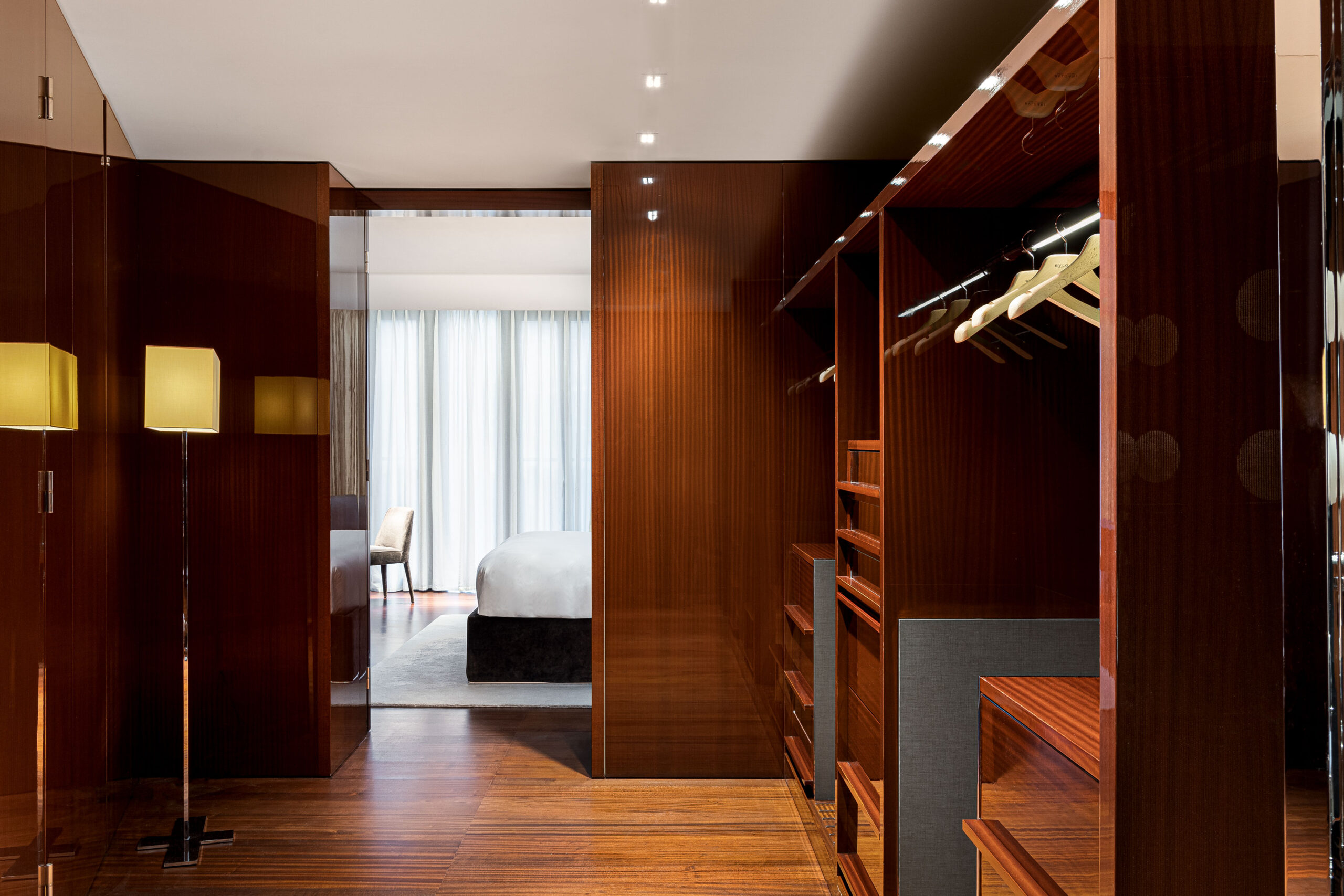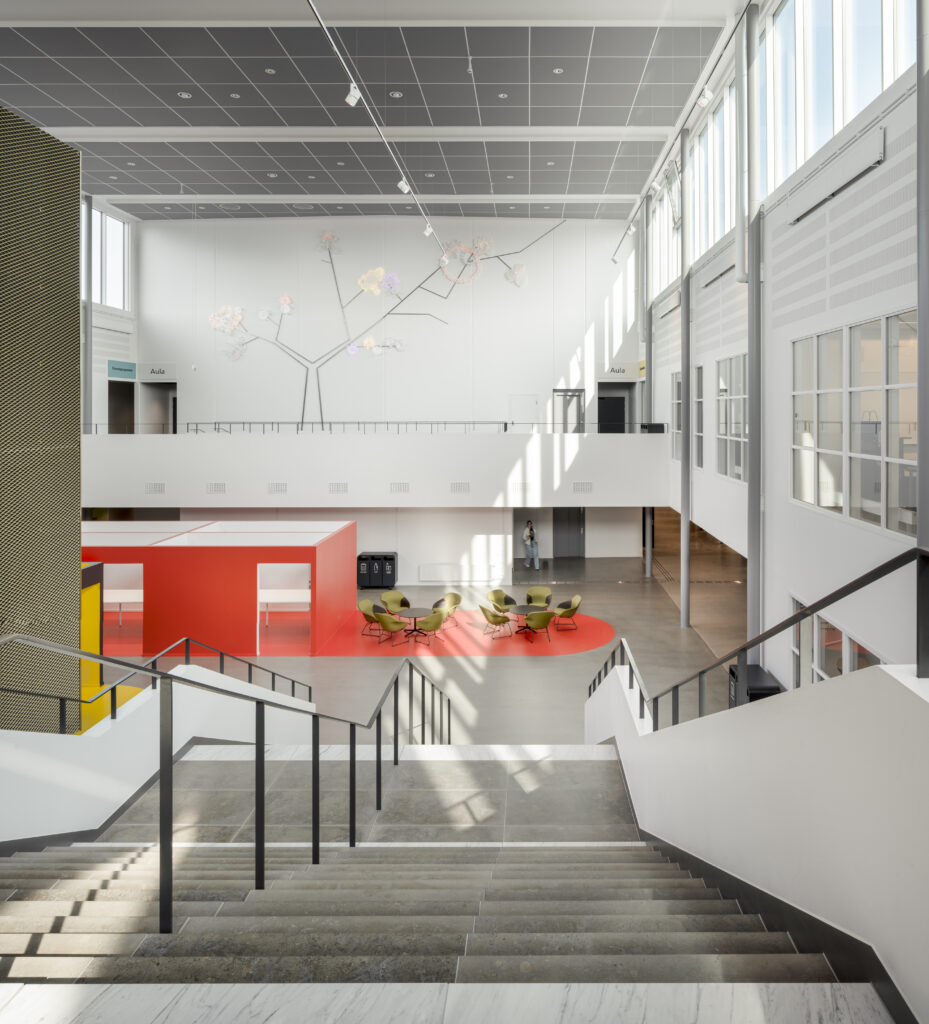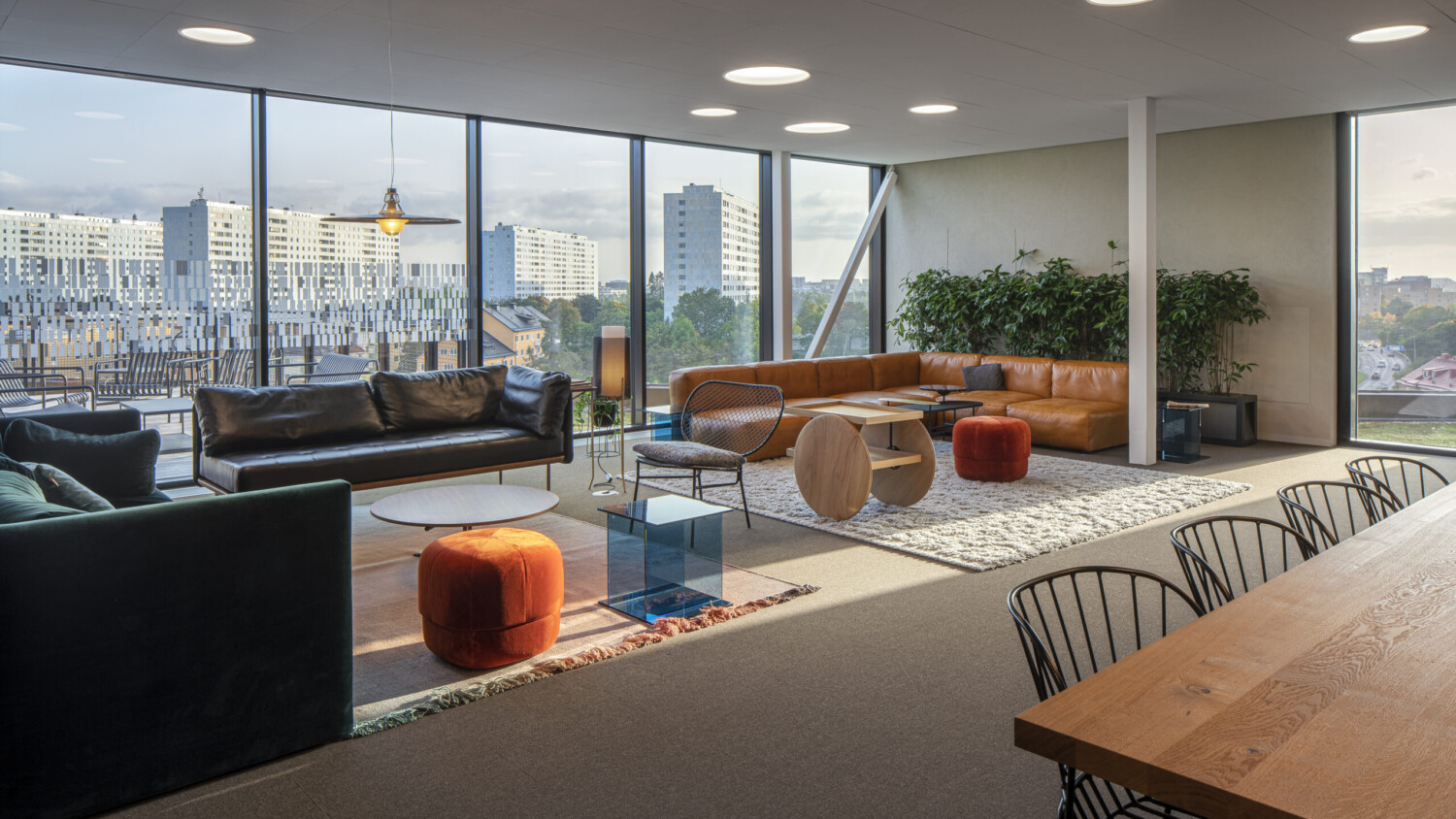Working With a Retoucher – An Overview
Lurking in the shadows of the photography world, retouchers are the hidden muscle behind so much imagery produced nowadays.
Hiring a retoucher is ultimately a personal choice. It’s an approach that many photographers take, but just like outsourcing any part of your business, there are pros and cons. This article is intended for those who are thinking of doing it but haven’t yet taken the plunge.
As a retoucher myself, I’ve had a number of people who have never hired a retoucher approach me not knowing what the process involves. I thought it would be useful to put together an article to cover some of the most common questions I get.
Finding a retoucher
This is probably the hardest part of the whole process and it comes with no guarantees! Almost all of my retouching work has come through client referrals. I’m immensely grateful towards my clients since I know most photographers are reluctant to spread the word, as it’s so hard to find a compatible retoucher. So, if you’re looking for a retoucher, ask around! If there’s a photographer whose work you like, it doesn’t hurt to get in touch and see if they’re using retouchers.
Another good place to search for recommendations is in Facebook groups dedicated to architectural photography such as this one: Commercial Architecture Photography. Plenty of others have asked about retouchers so you’re bound to find a few names — or just ask yourself (be aware this might lead to your inbox being nuked though.)
Once you’ve got a few names of potential retouchers, go through their work and see if their style matches your own current work or maybe even where you’d like to be in the future. Ideally, try to find someone whose style already looks quite similar to your own work…or even better.
I doubt I need to remind people to ask for the retoucher’s rates since this is usually the very first question I get asked. I will say, it’s important to ask what the rate includes. Is there a limit to what a retoucher will do if you’re being charged a per image rate for example? Will you be allowed revisions? And if so how many? And so on.


Be prepared to compromise – but not too much
Most retouchers are used to working with different photographers, each with their own different requirements. Assuming they’re good enough, there are so many variables that mostly boil down to personal taste such as how much color cast to remove or leave in, how clean whites and other colours are, less/more flash or ambient in the final edit, super crisp window views and so on.
With that in mind, it’s simply not realistic for any retoucher to absolutely nail the look you have in mind on every single edit. Hiring someone to take on part of the creative process will always involve some compromise for both parties, the photographer might have to accept the work not looking exactly as requested and the retoucher might have to work with source files that aren’t 100% ideal.
Proper communication is key
I would suggest making a short list of items that for you personally are most important and finding some way that works for you to communicate it to your retoucher. For example, has the designer / architect said that a particular color of paint is super important? Make sure you pass on the particular color code to your retoucher. Non-destructive editing is always part of any good retoucher’s workflow but it’s always better to know about things like this before to avoid endless revisions afterward.
I’ve had clients take screen recordings of their edits, I’ve scheduled zoom calls with clients who walk me through their process and workflow and I also often have clients send me something more simple like quick notes scribbled onto their proofs about what to clone out and what to leave in. Communicating like this is immensely helpful.
On the flip side, I have had photographers in the past who’ve just let me do my thing and it’s worked out fine straight away! This is quite rare, but it does speak to the importance of finding the right retoucher that works with your personal taste since it does make the process so much easier.
If you’re working with a retoucher for the first time, it’s also a good idea to ask them not to apply any distortion and vertical correction to your shots, that way if you need to adjust anything afterward you can always drop in one of your original layers and align them back up. I’ve found this is a good way to put new client’s minds at ease, since the retoucher would have done the heavy lifting but there’s always the opportunity for them to add their touch later.

Cull and upload
One of the most time-consuming things to do as a retoucher is going through a massive number of extra files to find the exposures I need. Obviously, giving a few extra frames are always better than having too little, but trying to decide which exposures to use is time-consuming and frustrating.
Culling down to what’s actually needed also makes file transfer faster and easier for both parties which is important since I always recommend clients send me RAW files and file sizes can really add up. I have worked with jpegs for clients with slow connections but the result is never quite as good.
Speaking of file transfer, I’ve used a wide variety of file transfer options and so far nothing compares with Dropbox and Google Drive, which are the two options I recommend to anyone who asks.
De-Brief
After sending finished files I always appreciate clients who take the time to properly debrief anything they liked or didn’t like with my edits. Feedback is important in improving the photographer/retoucher relationship. I’ve had one off clients who use me once and I never hear from them again with nary a word of feedback from them which is always annoying. It could just be that my edits were too far off for them to consider it worth the effort of course, but if you’re serious about working with a retoucher try sticking with it – it always takes a few jobs for me to get used to a new client’s work and editing. I’ve had clients persist for weeks and months before we finally started getting used to each other and it’s been well worth the effort.
Is hiring a retoucher part of your workflow currently? If not, would you consider it? I’ll hopefully be going into more detail about other aspects of my retouching workflow in future articles so if there’s anything you’re curious about please let me know in the comments.
